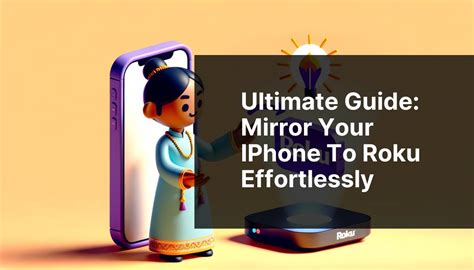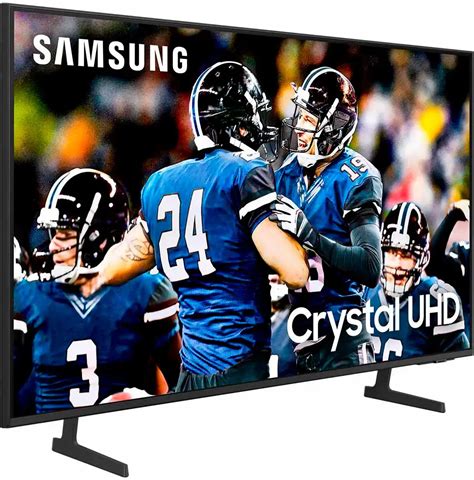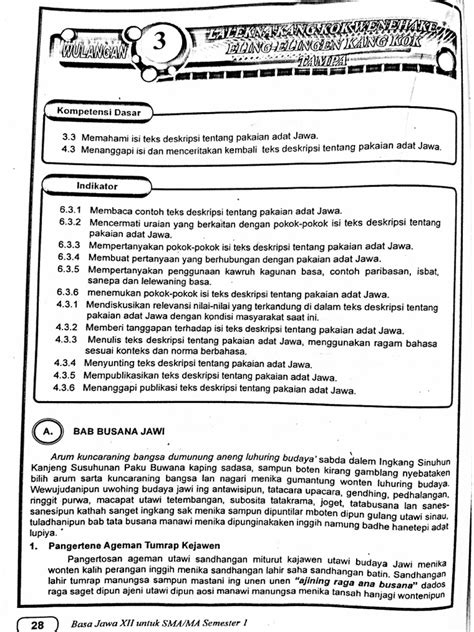Mirror Your iPhone Screen Effortlessly: A Comprehensive Guide

`markdown
Preview: Want to display your iPhone screen on a bigger display? This guide provides a comprehensive overview of screen mirroring iPhone, covering everything from built-in methods to third-party apps, ensuring you can share your photos, videos, and presentations with ease. Learn how to connect your iPhone to TVs, projectors, and computers for a seamless mirroring experience.
What is Screen Mirroring iPhone and Why Use It?
Screen mirroring iPhone allows you to wirelessly duplicate the display of your iPhone onto another screen, such as a TV, projector, or computer. This is incredibly useful for:
- Sharing photos and videos with friends and family.
- Giving presentations from your iPhone.
- Playing mobile games on a larger screen.
- Watching streaming services on your TV without a smart TV app.
- Collaborating on projects with colleagues.
- Requirements: AirPlay-compatible Apple TV, AirPlay 2-enabled Smart TV, or Mac running macOS Monterey or later.
- How to Use:
- Pros: Easy setup, high-quality video streaming, seamless integration with iOS.
- Cons: Requires Apple ecosystem devices or AirPlay 2 compatible Smart TVs.
- Requirements: Lightning Digital AV Adapter (for iPhones with Lightning port) or USB-C Digital AV Multiport Adapter (for iPhones with USB-C port), HDMI cable, and a TV or projector with an HDMI port.
- How to Use:
- Pros: Stable connection, no Wi-Fi dependency, ideal for situations with poor Wi-Fi.
- Cons: Requires physical cables and an adapter.
- Examples: Reflector, AirServer, AnyCast.
- How to Use:
- Pros: Can work with non-Apple devices, often offers additional features like recording and annotation.
- Cons: May require paid subscriptions, performance can vary depending on the app and network conditions.
- No AirPlay device found: Make sure both your iPhone and the AirPlay device are on the same Wi-Fi network and that AirPlay is enabled on the receiving device.
- Poor video quality: Check your Wi-Fi connection and try closing other apps that may be using bandwidth.
- Connection drops: Ensure that both devices are within range of the Wi-Fi router and that there are no obstructions interfering with the signal.
- Close unnecessary apps: This frees up processing power and bandwidth, improving performance.
- Use a 5GHz Wi-Fi network: 5GHz offers faster speeds and less interference than 2.4GHz.
- Update your software: Ensure that both your iPhone and the receiving device are running the latest software versions for optimal compatibility and performance.
- For seamless Apple ecosystem integration: Use AirPlay.
- For a stable and reliable wired connection: Use an HDMI adapter.
- For compatibility with non-Apple devices and extra features: Use a third-party app.
Different Methods for Screen Mirroring iPhone
There are several ways to screen mirroring iPhone, each with its own advantages and disadvantages:
1. AirPlay (Apple's Wireless Solution)
AirPlay is Apple's proprietary wireless streaming technology, offering the easiest and most seamless way to screen mirroring iPhone to compatible devices.
1. Make sure your iPhone and the AirPlay device are connected to the same Wi-Fi network.
2. Open Control Center on your iPhone (swipe down from the top-right corner on iPhone X and later, or swipe up from the bottom on older iPhones).
3. Tap the "Screen Mirroring" button.
4. Select your AirPlay device from the list.
5. If prompted, enter the AirPlay passcode displayed on the TV screen.
2. HDMI Adapter (Wired Connection)
For a direct and reliable connection, an HDMI adapter offers a wired solution for screen mirroring iPhone.
1. Plug the HDMI adapter into your iPhone's charging port.
2. Connect the HDMI cable to the adapter and the TV/projector.
3. Turn on the TV/projector and select the correct HDMI input.
4. Your iPhone screen should automatically mirror.
3. Third-Party Apps
Several third-party apps offer screen mirroring iPhone capabilities, often supporting a wider range of devices.
1. Download and install the app on both your iPhone and the receiving device (e.g., computer, TV).
2. Follow the app's instructions for connecting the devices, which usually involves selecting the receiving device from a list.
Troubleshooting Common Issues
Optimizing Your Screen Mirroring iPhone Experience
Choosing the Right Method for You
The best method for screen mirroring iPhone depends on your specific needs and setup:
Conclusion
Screen mirroring iPhone is a versatile feature that allows you to share your iPhone's screen with a variety of devices. By understanding the different methods and troubleshooting tips outlined in this guide, you can enjoy a seamless and enjoyable mirroring experience. Whether you're sharing photos, giving presentations, or playing games, screen mirroring iPhone provides a convenient and efficient way to enhance your mobile experience.
FAQ about Screen Mirroring iPhone
Q: What is the easiest way to screen mirror my iPhone?
A: The easiest way is usually through AirPlay, assuming you have an Apple TV or AirPlay 2 compatible smart TV. It's a seamless and wireless solution.
Q: Can I screen mirror my iPhone to a non-smart TV?
A: Yes, you can! Use an HDMI adapter and cable for a direct connection, or explore third-party apps that might support screen mirroring to devices like Roku or Chromecast.
Q: Does screen mirroring drain my iPhone's battery?
A: Yes, screen mirroring iPhone consumes battery as it requires continuous processing and wireless transmission. Consider plugging in your iPhone while mirroring for longer periods.
Q: Is it possible to screen mirror iPhone without Wi-Fi?
A: Yes, by using an HDMI adapter. This provides a direct wired connection, bypassing the need for a Wi-Fi network.
Q: What are some good third-party apps for screen mirroring iPhone?
A: Some popular options include Reflector, AirServer, and AnyCast, but research which app best suits your specific devices and needs. Check user reviews before purchasing.
`





